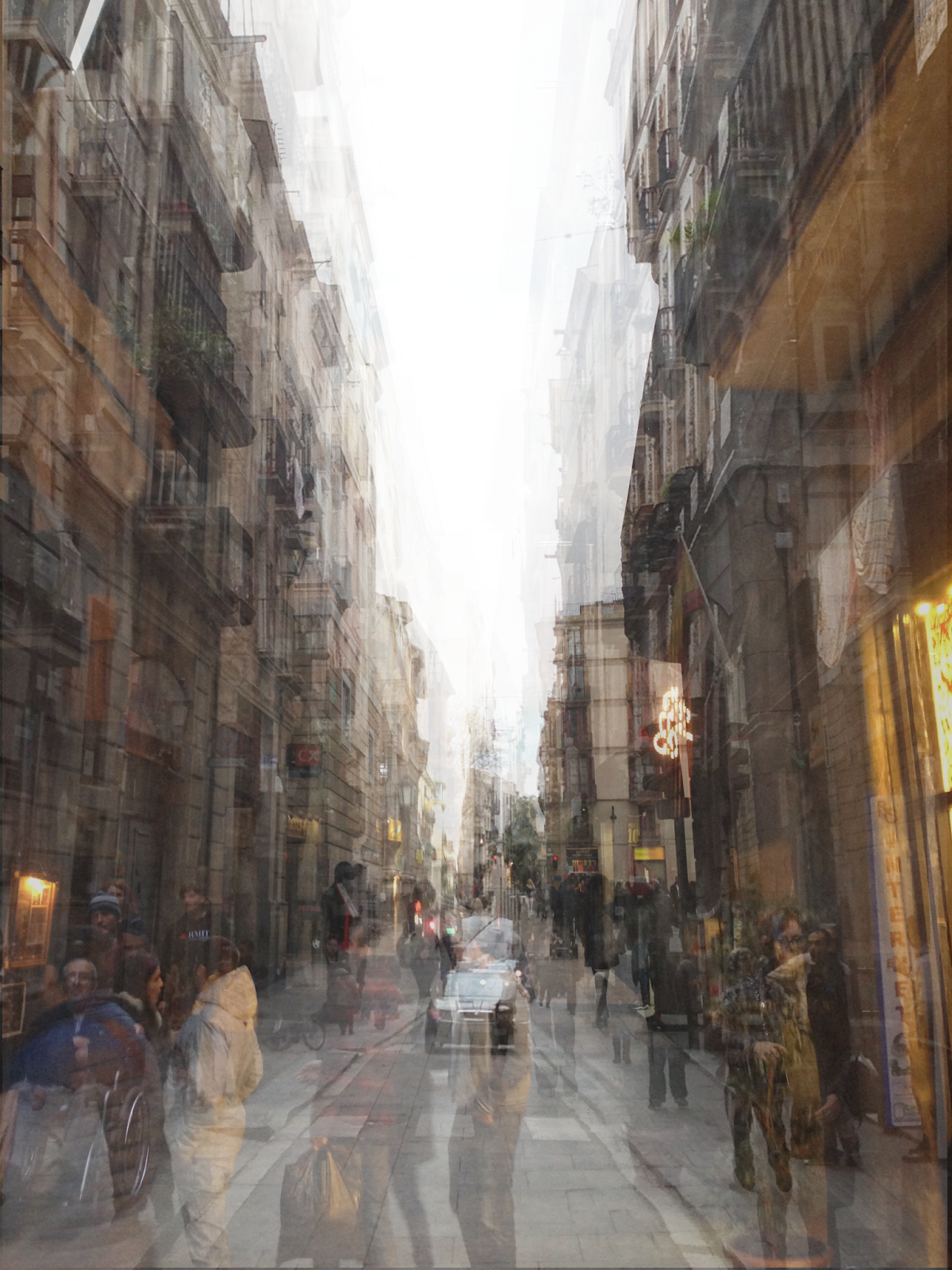city design | urban ordering
Below is an example of both city design (top down) and urban ordering (bottom up) approaches. The classical city emerged in form from local rulesets, with exceptions, while the tension network was carved from the existing fabric. The catch here is that the tension network was acting on an emergent order, too - that of pilgrims moving between the votive churches. Sixtus merely reinforced what was already occurring by widening, possibly straightening the streets, and putting focal points at each church - the obelisks. Now one can walk through the streets of Rome and overhear tourists saying things like, "It's all about the obelisks."
tension | compression
A Baroque spatial innovation was the long, straight street with a focal object on axis. This draws the eye up and out, thus the use of the term "tension". Classical Rome had nothing like this, so the opposite of "tension" is used - "compression".
The Aurelian Wall (271AD) enclosing two systems*:
1) Classical city in compression (yellow)
2) Baroque network of churches and squares in tension (orange)
 *Bacon, Edward. Design of Cities. New York: Penguin, 1974.
*Bacon, Edward. Design of Cities. New York: Penguin, 1974.












